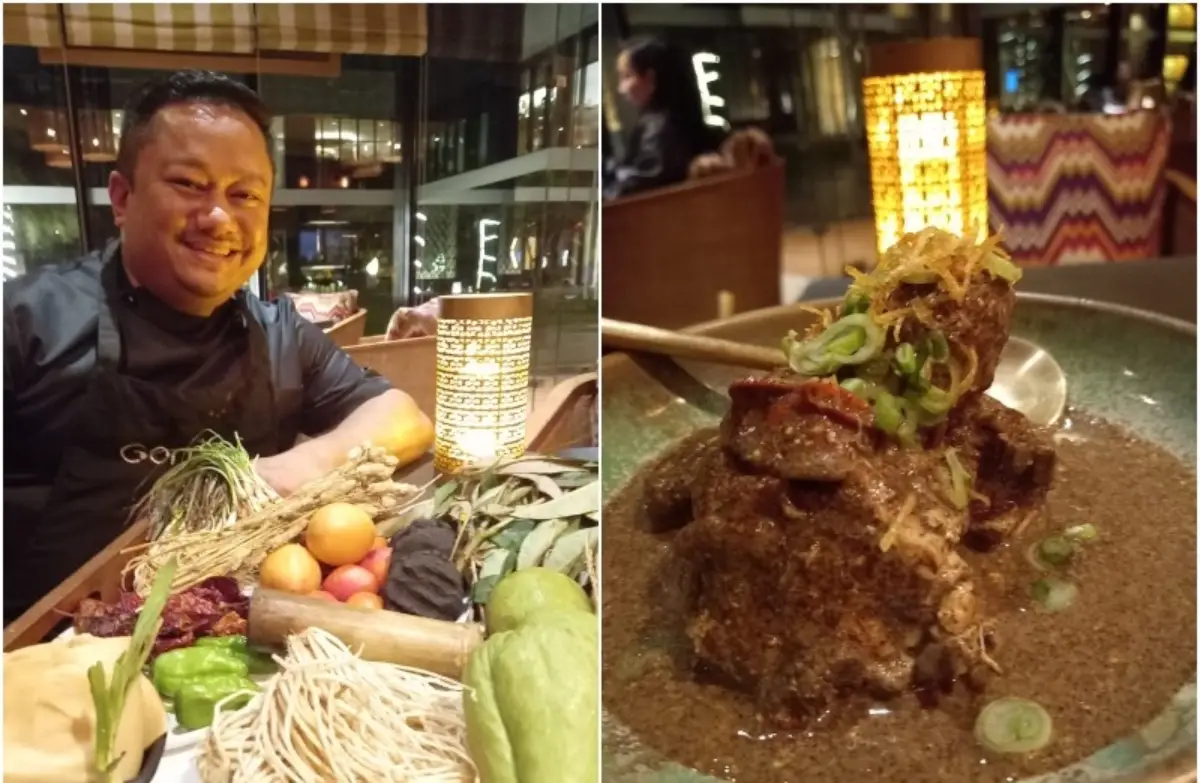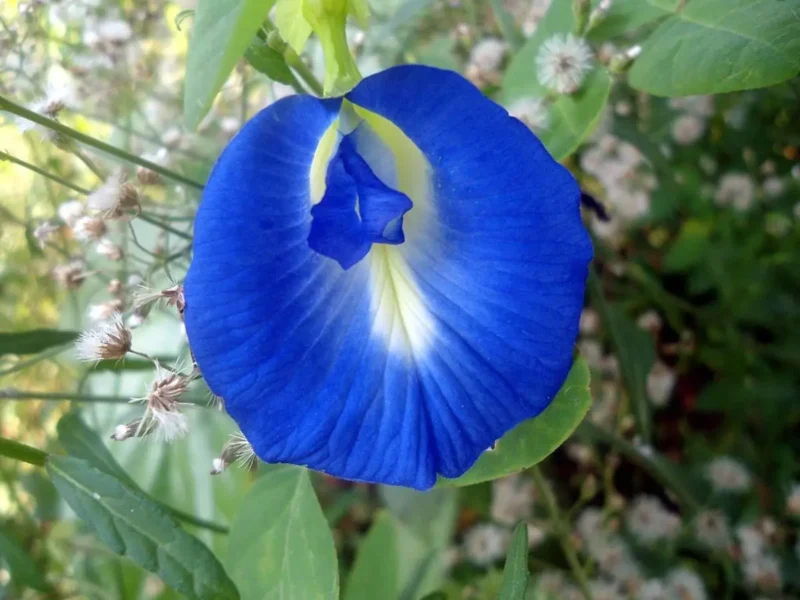
Naga Cuisine A Gourmet Standout
NEW DELHI, (IANS) – If anyone asks you to define Nagaland’s cuisine, you will be hard put to answer the question, for each of the north-eastern state’s 17 major tribes has its own culinary tradition rooted in a history of isolation.
What’s common to each bite of each preparation, though, is that it explodes in a cocktail of flavors in the palate, despite the minimal use of cooking oil and conventional spices.
It is the kind of food that guarantees zero weight gain without getting bored, for the people of Nagaland have mastered the art of playing with natural flavors and bringing out the best of each ingredient.
Joel Basumatari, a Dimapur-based chef and sauce maker has become the ambassador of Nagaland’s treasure trove of cuisines.
A jolly young man who thankfully did not follow the advice of his father’s friends to follow the family tradition and become an electrical engineer has a larder of refreshingly unfamiliar ingredients — unfamiliar to us, but worth knowing better — from tree tomatoes and Naga king chilies, which can on a good day out-Scoville the hot-hot bhoot jolokia, to bamboo shoot butter, dried mustard leaves, perilla paste, colocasia leaf patties and Zanthoxylum seeds, which are related to Sichuan peppers but have a different kind of zing,
The Sema tribe’s favorite is pork seasoned with the aromatic mejenga leaves, or Thevochu Kese Sene, fresh pork with bamboo shoot, which is popular with the Angamis, or another staple of the Semas, Awoshi Kipiki Ngo Axone, smoked pork and fermented soya bean served with rice and boiled squash.
From crispy fried kholar beans — an indigenous variety of kidney beans grown extensively in two Nagaland districts on the India-Myanmar border — to the fish roasted in a bamboo tube with fiddlehead ferns, it’s a unique cuisine that everyone should familiarize themselves with. Another Ao specialty, or chicken on bone, is cooked in the paste of perilla leaves, which are called shiso in Japan and are an important ingredient in that country’s cuisines. The standout Naga dessert is the black rice sponge cake.
In the Naga kitchen (and it is true of the rest of the northeast), ingredients walk, simplicity talks.




